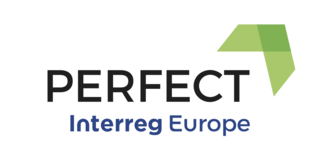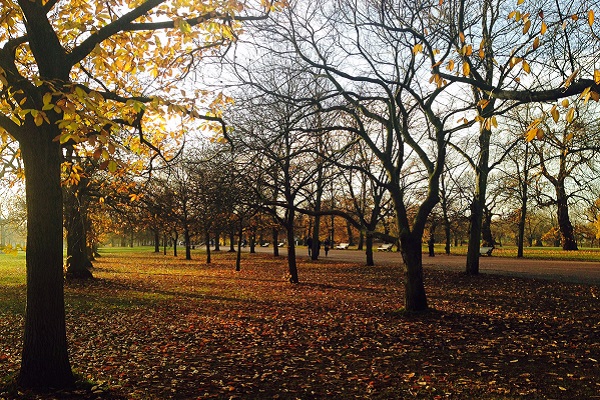On Friday 17th of May 2019 the project team with stakeholders from Styria met for the Peer to Peer meeting and study visit in Graz.
In the morning session, Christine Schwaberger, from the Department of spatial planning, introduced the Regional Planning System in Styria and its influence on the local spatial planning instruments, with a focus on green infrastructure – including Action Plan Styria as a guidebook. Hannes Leitner, of PLANUM, spoke about examples for co-financed intercommunal green infrastructure projects in the City region of Graz.
After long discussions, the group went on a study visit exploring the Smart City development in the Waagner Biro Straße Graz, close to the main train station with the green.LAB (www.smartcitygraz.at/). On the way back to the centre we passed the vertical greening project of the facades of an insurance building in Graz.
The former industrial area (approximately 127.000 m²) of the Smart City District in the Waagner-Biro-Straße in Graz is undergoing a dynamic transformation process. The concepts of brownfield sites should now be implemented in combination with topics related to green infrastructure and climate change adaptation as a strategic tool for sustainable urban development.

The green.LAB is a transportable modular timber construction combined with green building concepts, biodiversity, district garden, rainwater management as well as efficient energy supply and the use of renewable energy sources. The green.LAB is open to different target groups (neighbours, citizens, developers and investors) for open learning, working and exhibition space for all topics concerning urban greening. It will also be scaled up in different urban development areas after the completion of the project. The major results are: implementation of the green.LAB as a demonstration building containing green infrastructure and an innovative temporary use concept; an elaborated plan for implementing green infrastructure in the city district; post-usage scenarios and business models for the green.LAB and the “green” urban boxes answers to questions regarding modular timber constructions and green infrastructure (© green.LAB Graz).


